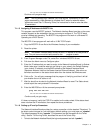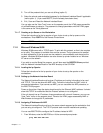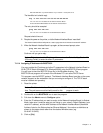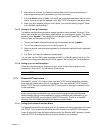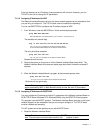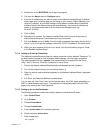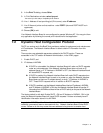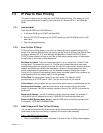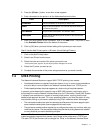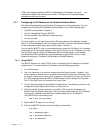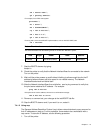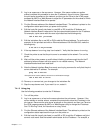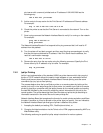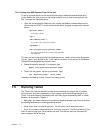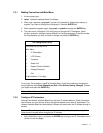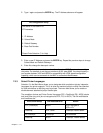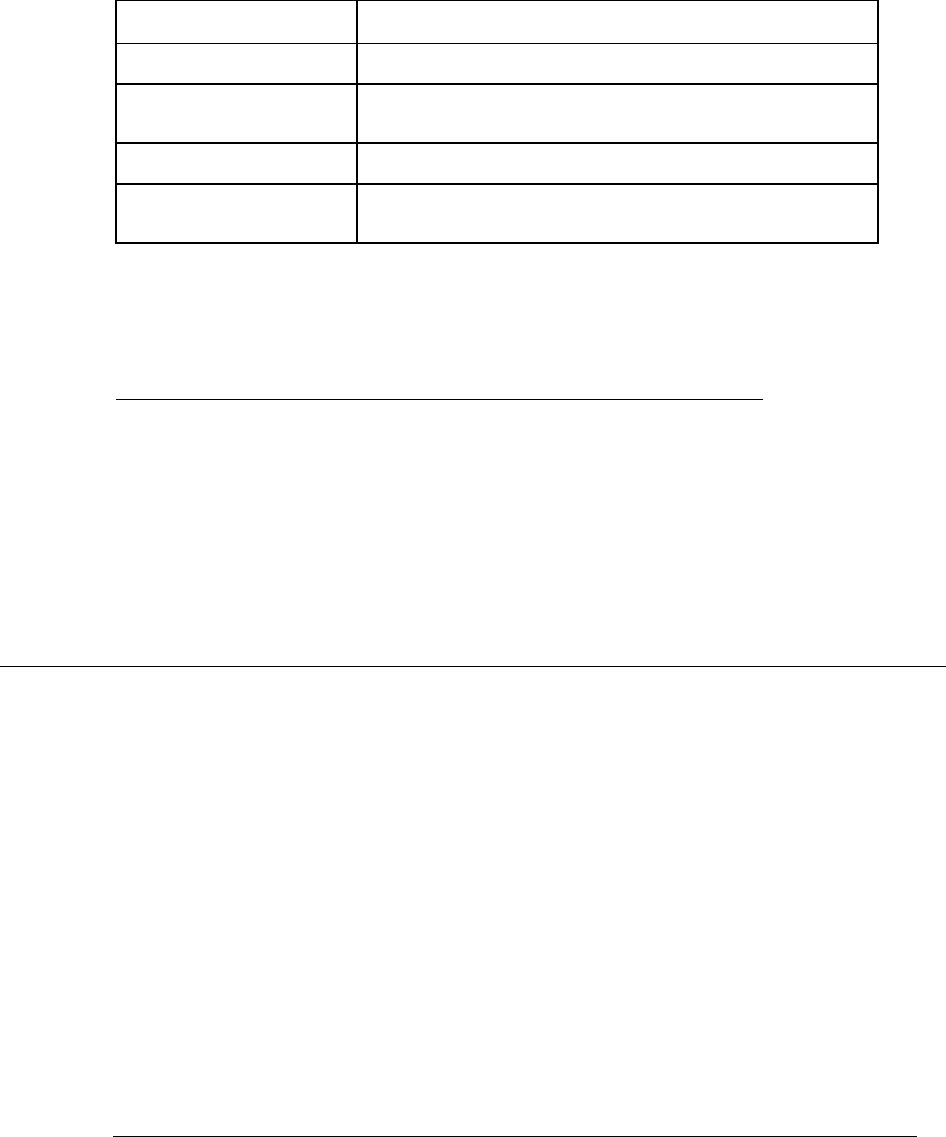
Chapter 7 - 11
2. Press the [Printer...] button; a new form screen appears.
3. Enter information for the printer in all the fields described on the form.
Field Description
IP Address
Enter the IP address of the printer you want to add.
Name
Assign a name to the printer. You can enter any name which you
feel identifies the printer.
Port Number
The port number of the printer. The default is 10001.
Description
Use this field to describe the printer location or the users who will
access the printer.
4. When you have entered all the information, click on the Add button. The printer is listed
in the Available Printers field at the bottom of the screen.
5. Click on [OK] when you have finished adding all the printers you want to add.
Step 2 Use the Add Printers option in Windows (Unset Settings/Printers).
1. Click on the [Add Printer] button.
2. Select Local Printer from the menu.
3. Select the make and model of the printer you want to use.
A list of printer ports appears. IP peer-to-peer printers will appear in this list.
4. Select the IP printer you want to use.
5. Complete the remainder of the printer setup procedure as you would normally.
7.4 UNIX Printing
The Network Interface Board can support UNIX TCP/IP printing in two modes:
Ÿ Host-based lpd where a supplied line printer daemon is run on one or more workstations
and print data is communicated to the Network Interface Board via a TCP/IP port or,
Ÿ Printer-based lpd where the printer appears as a host running a line printer daemon.
In general, printer-based lpd is easiest to use on BSD UNIX systems, requiring an entry in
the printcap file once the Network Interface Board has its IP information. Some UNIX System
V systems have restrictions on support of remote lpr/lpd printers, requiring that the host-
based lpr/lpd approach be used. For many operating systems, you have the option of using
host-resident printing or print server-resident printing. Each mode has certain advantages.
Ÿ The host-resident method can print the username and filename on its banner page; the print
server-resident method prints a banner page with the host's name.
Ÿ The print server-resident method requires you to configure the printer only one time, when you
install the print server. The host-resident method requires that a printing daemon be installed
on every host that you want to be able to print jobs.
Note: The Network Interface Board will also operate with other host-resident print
supervisor/spooler programs that present a print image to the printer over a TCP/IP port.
The base TCP/IP port number can be changed via Telnet, or the Network Interface Board



